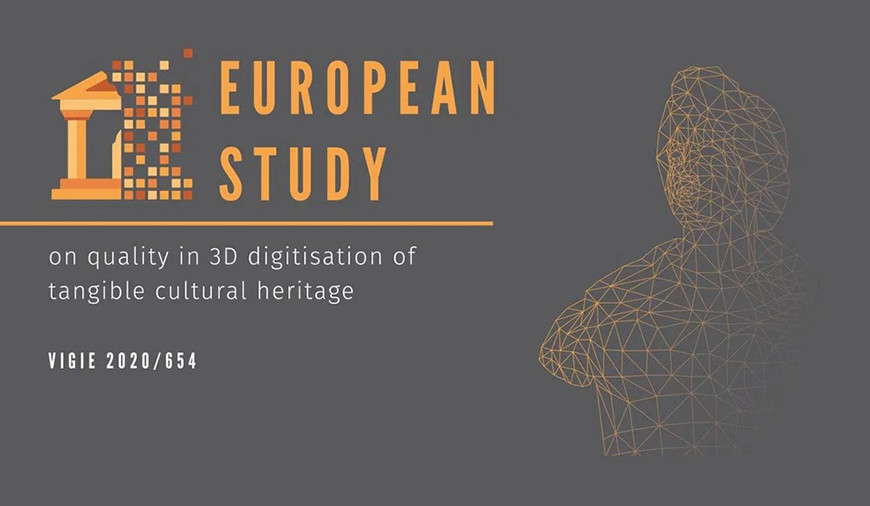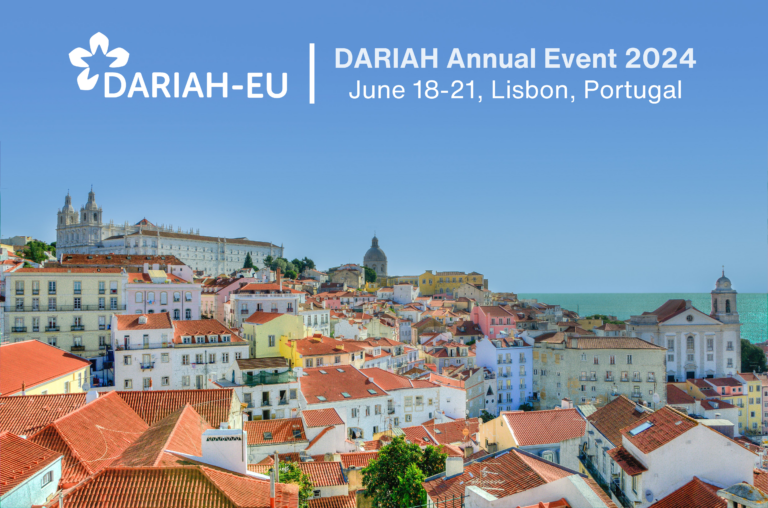The main goal of the study is to produce a framework that would enable cultural heritage professionals and institutions and other custodians of cultural heritage, providers of 3D digitisation services for cultural heritage and other researchers from the area of 3D digitisation technologies for cultural heritage to define and produce high quality in the context of specific 3D digitisation projects for tangible cultural heritage.
The constituent elements of that framework will include:
- The different parameters that determine the level of quality of 3D digitization.
- Existing formats, standards, benchmarks, methodologies and guidelines for 3D digitization.
- Other past or ongoing 3D digitization projects and existing 3D models and data sets that can serve as benchmarks.
In this particular context, the term benchmark refers to a specific 3D project or 3D model or data set that can serve as a reference example or model with respect to all aspects of 3D digitisation, including both data and process aspects. In identifying all the relevant elements, the study will cover all the different types of equipment, all the different stages of the 3D digitisation process, including data capture, data processing, generating 3D models, adding metadata, etc., and all the types of relevant data, including geometrical, colour, texture, historical, process and any other relevant data.
In addition to identifying all the relevant elements, the study will also assess the relevance or influence of each of them, and the different values they may take, for each of the different potential purposes (preservation, reconstruction, reproduction, research, and general-purpose visualisation), by type of tangible cultural heritage, i.e. immovable and movable, and by degree of complexity (low, medium, high, and very high). The study will pay special attention to the fact that future technological advancements, such as improved sensors, faster and better algorithms, greater computing power or 5G, will likely result in improvements in the process of capturing data and in that of processing such data, and will probably also make it easier to work with larger volumes of 3D data and large 3D models of higher grade.



